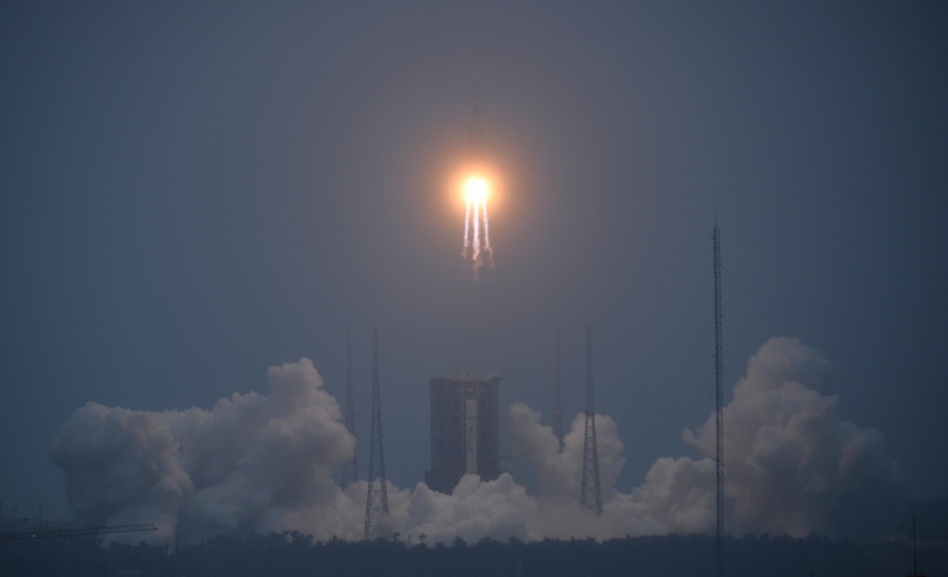China’s space program had a busy start to the year, and it isn’t letting off the gas anytime soon.
The nation has already launched six times in 2025. Just this week, the Long March 8A rocket made its maiden flight. The upgraded version of the Long March 8 includes a more powerful second stage and a larger payload fairing, allowing the rocket to bring 7,000 kg to SSO.
More to come: The Long March 8A flight is expected to be the first of many debut flights for Chinese launchers this year. While China’s Long March series of rockets has accounted for most of the launches from the country in recent years, the explosive growth of its commercial capabilities is expected to give the nation more options for low-cost launches going forward.
Chinese commercial rockets lifting off in 2025 include:
- CAS Space’s Lijian-2 launcher is scheduled to take its first orbital flight in September, bringing the company’s Qingzhou cargo spacecraft to Tiangong on its first delivery mission.
- LandSpace’s Zhuque-3 rocket plans to launch its first orbital flight in the second half of the year. The company’s aim is to complete three missions this year: a Guowang satellite deployment, an inaugural mission to Tiangong for its Haolong space cargo shuttle, and a first-stage recovery test flight.
- Space Pioneer’s Tianlong-3, which experienced an unexpected launch during a static fire test last year, is planning to attempt another flight before the end of the year.
- Galactic Energy’s Pallas-1, a two-stage reusable rocket capable of carrying eight tons to LEO, is expected to launch in the first half of the year.
- iSpace’s Hyperbola-3, a larger iteration of the Hyperbola-2 that flew a successful “hop test” last year, is on track to lift off in 2025.
Global expansion: China will take advantage of the growing pool of cargo space brought on by the increased launch capacity to accelerate the deployment of its Thousand Sails and Guowang satellite broadband constellations, both Chinese competitors to Starlink, which is not licensed to operate in the country.
At the same time, Beijing has also been cultivating international partnerships to grow its space footprint. In Africa especially, where US influence is waning, China has signed 20+ space partnerships, funding satellites and ground stations across the continent, as well as a satellite manufacturing plant in Egypt.




